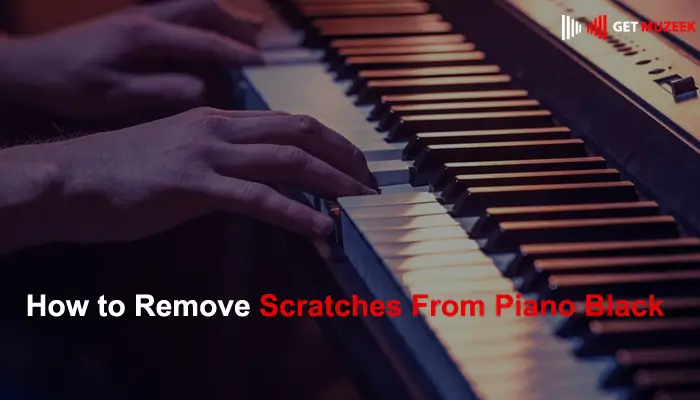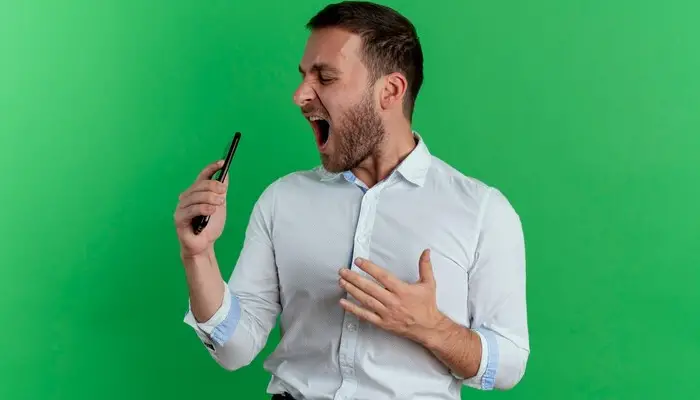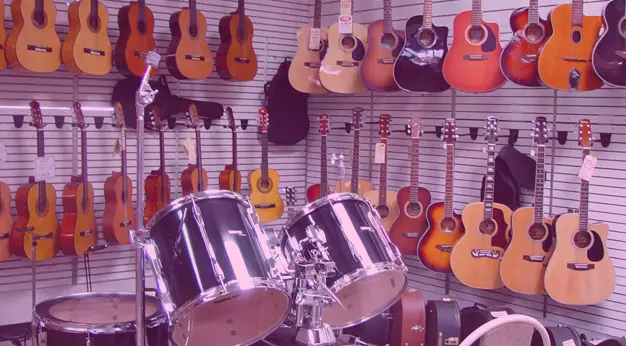
Piano black finishes exude elegance and sophistication, elevating the ambiance of any space. However, scratches on this glossy surface can detract from its beauty.
If you’re seeking solutions on how to remove scratches from piano black, you’re in the right place. In this comprehensive guide, we’ll delve into various methods, tools, and techniques to restore your piano black surface to its pristine condition.
With our step-by-step instructions and expert insights, you’ll be equipped to achieve professional-looking results without incurring significant costs.
Understanding Scratches on Piano Black Surfaces
Scratches on piano black surfaces can be particularly conspicuous due to the high gloss and reflective nature of the finish. It’s crucial to assess the depth of the scratch before proceeding with removal efforts.
Shallow scratches often only affect the clear coat, while deeper ones may penetrate the paint layer. This assessment will guide you in selecting the most appropriate method for scratch removal.
Effective Methods for Scratch Removal
1. Gentle Cleaning:
Commence the scratch removal process by gently cleaning the piano black surface. Use a soft microfiber cloth and a mild soapy solution to eliminate dirt, grime, or fingerprints. Employ gentle circular motions, avoiding excessive pressure. This initial cleaning step ensures that any surface contaminants are removed, providing a clean canvas for subsequent scratch removal methods.
2. Toothpaste Technique for Light Scratches:
Toothpaste, with its mild abrasive properties, can be surprisingly effective for treating light scratches. Apply a small amount of non-gel toothpaste to a clean microfiber cloth and gently rub it onto the scratched area in circular motions. Rinse the surface with water and dry it with a clean cloth. Always test this method on a small, inconspicuous area first to ensure compatibility with your piano black surface.
3. Specialized Scratch Removal Products:
For deeper scratches, consider utilizing specialized scratch removal products. These products contain abrasive compounds designed to gradually remove layers of the clear coat, diminishing the visibility of the scratch. Follow the manufacturer’s instructions meticulously for optimal results. Choose products specifically formulated for piano black surfaces to ensure compatibility and effectiveness.
4. DIY Baking Soda Paste:
Baking soda, a versatile household ingredient, can work wonders on piano black surfaces. Create a paste by mixing baking soda with water until it forms a thick consistency. Apply the paste to the scratched area and gently rub it in circular motions using a soft cloth. Wipe away the residue and inspect the results. Repeat the process if necessary. This method offers a cost-effective and environmentally friendly solution for addressing scratches on your piano black finish.
5. Scratch Repair Kits:
For a comprehensive solution, invest in a scratch repair kit. These kits typically include a range of sandpapers, compounds, and polishes designed to progressively remove scratches from piano black surfaces. Follow the instructions provided with the kit diligently for optimal outcomes. Scratch repair kits offer a systematic approach to scratch removal, allowing you to achieve professional-quality results from the comfort of your own home.
FAQs About Removing Scratches From Piano Black
Can I use a magic eraser to remove scratches from piano black?
While magic erasers can effectively remove scuffs and marks, they are not recommended for scratch removal on piano black surfaces due to their abrasive nature. Stick to gentler methods like toothpaste or scratch removal products.
Will car scratch remover work on piano black finishes?
Car scratch removers can be effective on piano black finishes, but it’s crucial to choose a product suitable for these surfaces to avoid unintended damage. Always read the product instructions and test on a small area first.
Can I use a heat gun to remove scratches from piano black?
Using a heat gun for scratch removal is not recommended, as it can cause the finish to warp or bubble. Stick to safer methods like toothpaste or scratch repair kits.
Are professional services available for scratch removal?
Yes, professional services utilize specialized tools and techniques to repair and restore piano black surfaces. Consider consulting a professional for optimal results, especially for deep or extensive scratches.
How can I prevent scratches on piano black surfaces?
While preventing all scratches is challenging, you can minimize the risk by avoiding abrasive materials during cleaning and using microfiber cloths instead. Additionally, consider using protective films or covers to shield the surface from potential scratches.
How often should I polish my piano black surface?
Polish the surface every 6 to 12 months to maintain its shine and protect it from scratches, depending on its level of use and exposure.
Conclusion: Remove Scratches From Piano Black
With the right approach and tools, removing scratches from piano black surfaces is an achievable task. Whether you opt for toothpaste, baking soda, or specialized scratch removal products, always proceed with caution and test on a small, inconspicuous area first. If the scratches are deep or extensive, consider seeking professional assistance to ensure the best outcome.
Remember, prevention is key, so take proactive steps to protect your piano black surfaces from potential scratches. Restore the glossy elegance of your piano black finish and enjoy its beauty for years to come!
Related Posts:
- How to Play G on the Piano
- How to Play Wake Me up Avicii Guitar Chords
- How to Play Hallelujah Chords Guitar: A Comprehensive Guide
- How to Play Eight Days a Week Chords
- How to Play Taylor Swift “You Belong With Me” Chords


